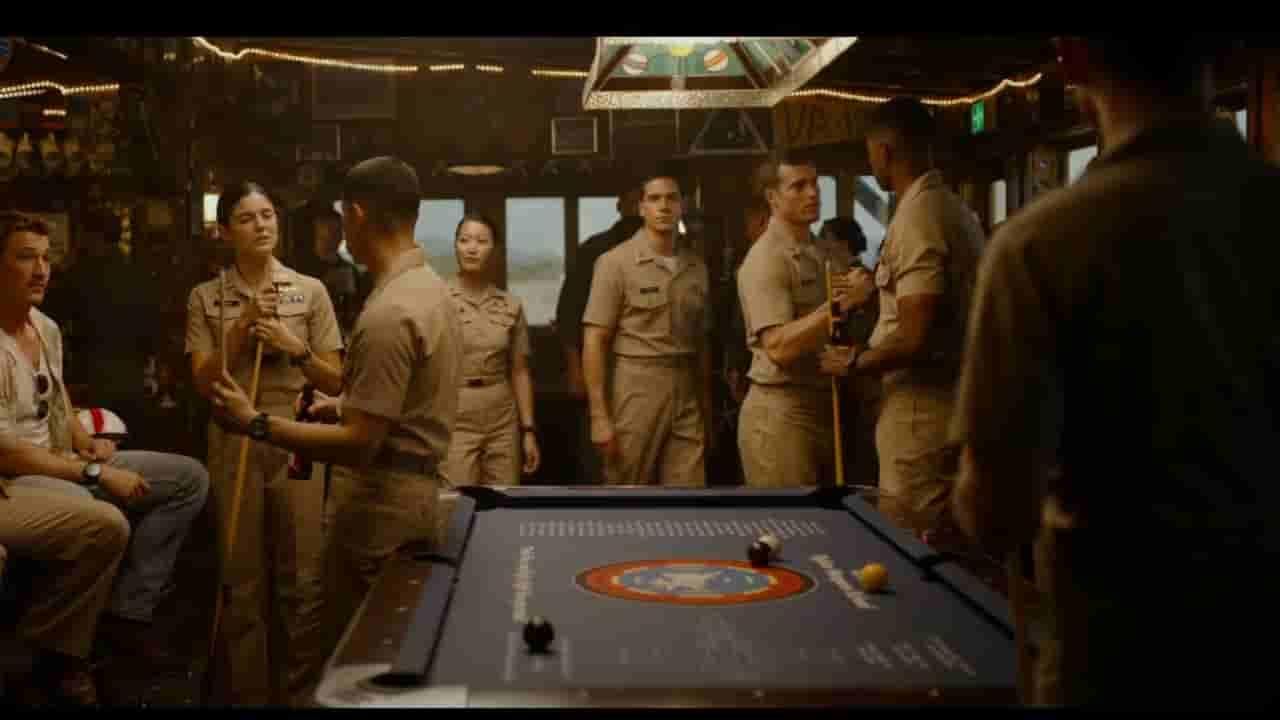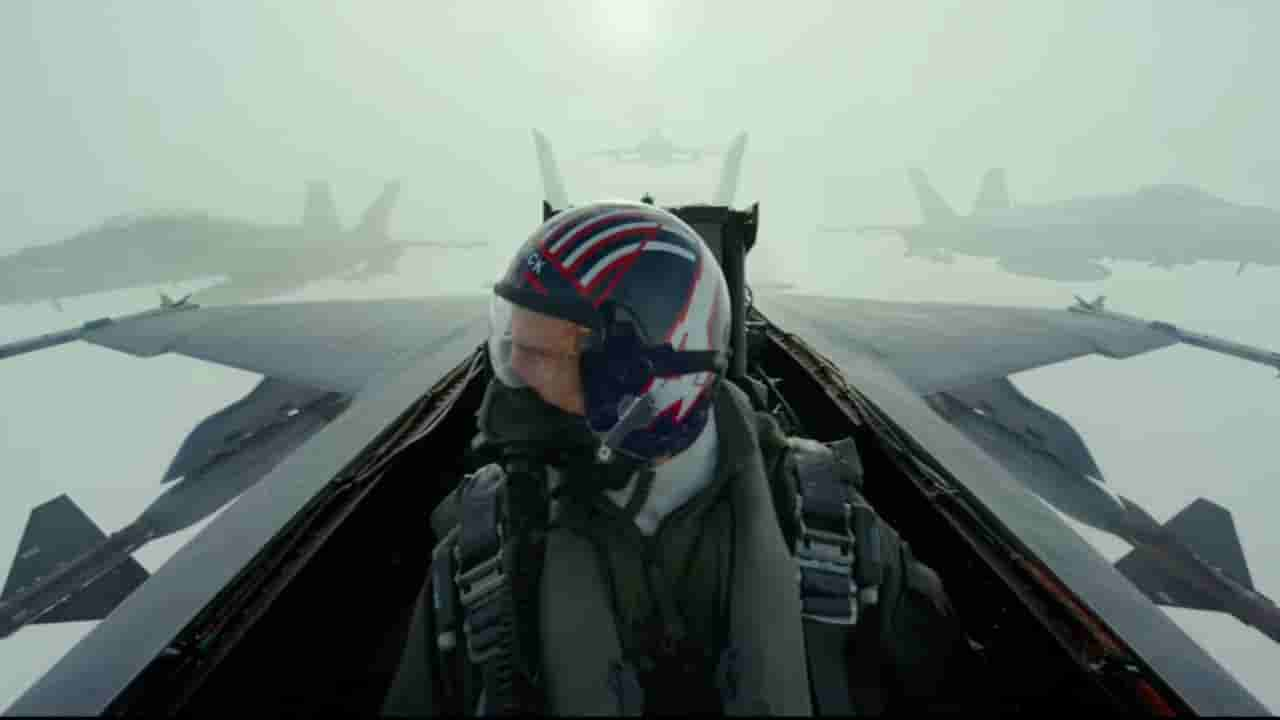Top Gun: Maverick is the long-awaited sequel to Tom Cruise’s 1986 film Top Gun, but does it include a post-credits scene? Joseph Kosinski, who also worked with Cruise on the post-apocalyptic movie Oblivion, directs Top Gun: Maverick. Newcomers to the Top Gun franchise will have just as much fun as long-time Maverick fans, as the picture combines legacy moments with adrenaline-fueled action sequences and unexpectedly poignant storytelling.
Despite the film’s development hell and expectations that it would fall short of the original, Tom Cruise delivers and continues his outstanding record in action pictures. Cruise’s Commander Pete “Maverick” Mitchell is accompanied by the veteran Tom “Iceman” Kazansky (Val Kilmer) and a cadre of newer pilots, notably Bradley “Rooster” Bradshaw (Miles Teller), Natasha “Phoenix” Trace (Monica Barbaro), and Robert “Bob” Floyd (Lewis Pullman). Utilizing post-credits scenes to foreshadow sequels and keep spectators watching until the end has become popular since the debut of the first Top Gun—but does Top Gun: Maverick buy into this modern trend?
About Top Gun: Maverick

Despite the challenging design process and concerns that Top Gun 2 would still not live up to the first, Tom Cruise impresses and retains his excellent form in action films. With Cruise’s Captain Pete “Maverick” Mitchell, a few of the junior pilots are Val Kilmer, Miles Teller, Monica Barbaro, and Lewis Pullman.
The film handles the Top Gun legacy elements well and rightly focuses on Tom Cruise’s Captain Mitchell. In contrast, specific long-running series, such as Star Wars, have been chastised for failing to give their established characters enough screen time. Top Gun: Maverick has quickly established itself as one of the best-belated sequels in recent memory because of its incredible plane stunts, touching sequences, and immortal musical score.
Meanwhile, the sequel’s primary focus is Maverick’s struggle to entirely let go of Nick “Goose” Bradshaw’s death. When Goose sadly dies throughout a training exercise, it is one of the most critical scenes in the actual Top Gun.
Is there a post-credit scene in Top Gun: Maverick?

Top Gun: Maverick has no post-credits scenes. The film concludes with a quick vignette of the principal cast and crew, featuring Tom Cruise and Captain Mitchell, flying his P-51 Mustang into the horizon. Though nothing during or after the credits expressly indicates a hypothetical Top Gun 3, the film does leave several doors open for a possible sequel.
In the titles, Top Gun: Maverick contains a tribute to Tony Scott, the late director of the accurate Top Gun picture. In 2012, he died. Tony Scott later worked on True Romance and Days of Thunder with Top Gun performers Val Kilmer and Tom Cruise. The audience is significantly impacted when the opening and concluding title sequences resemble the real Top Gun, as it evokes memories of that era in cinema.
Top Gum: Maverick Sequel Rumors

Despite the absence of a post-credits scene, rumors of a Top Gun: Maverick sequel have begun. Maverick did an excellent job of bringing new young characters that would be ready to continue on the Top Gun legacy, such as Miles Teller’s Rooster. There has been no news from Paramount Pictures about a third film in the series, but given how wonderfully Top Gun: Maverick was received, a sequel would not be surprising.
Also, the two additional Mission: Impossible films, which Tom Cruise will release in 2023 and 2024, will seek to follow in the footsteps of Top Gun: Maverick’s popularity by injecting new life into a beloved franchise. This was solely about the end/post-credit scene in Top Gun: Maverick.
How Top Gun: Maverick Score Producer mixed Hans Zimmer and Lady Gaga?

You’re credited as a music producer. What does that mean? It entails negotiating three of the world’s major brands: Lady Gaga, Harold Faltermeyer, and Hans Zimmer. It refers to writing. I recognized Hans because I’d known him for 15 years. I’ve collaborated with Jerry Bruckheimer several times. Then Tom and McQ [screenwriter for “Top Gun: Maverick” and director of “Mission: Impossible – Dead Reckoning, Part One Christopher McQuarrie] go back. That was the fibrous connective tissue. Producing it entails attempting to gather everyone’s voices.
And we were divided since we were all in different areas of the world; COVID was stopping everything, even recording the music. We had to record from a distance. Everyone was making recordings in their living rooms. Because COVID had us locked down, there was no orchestra to record. That is indeed precisely what it means. It implies we’re working with everyone, managing everyone, and ensuring the connective tissue across the entire score.

